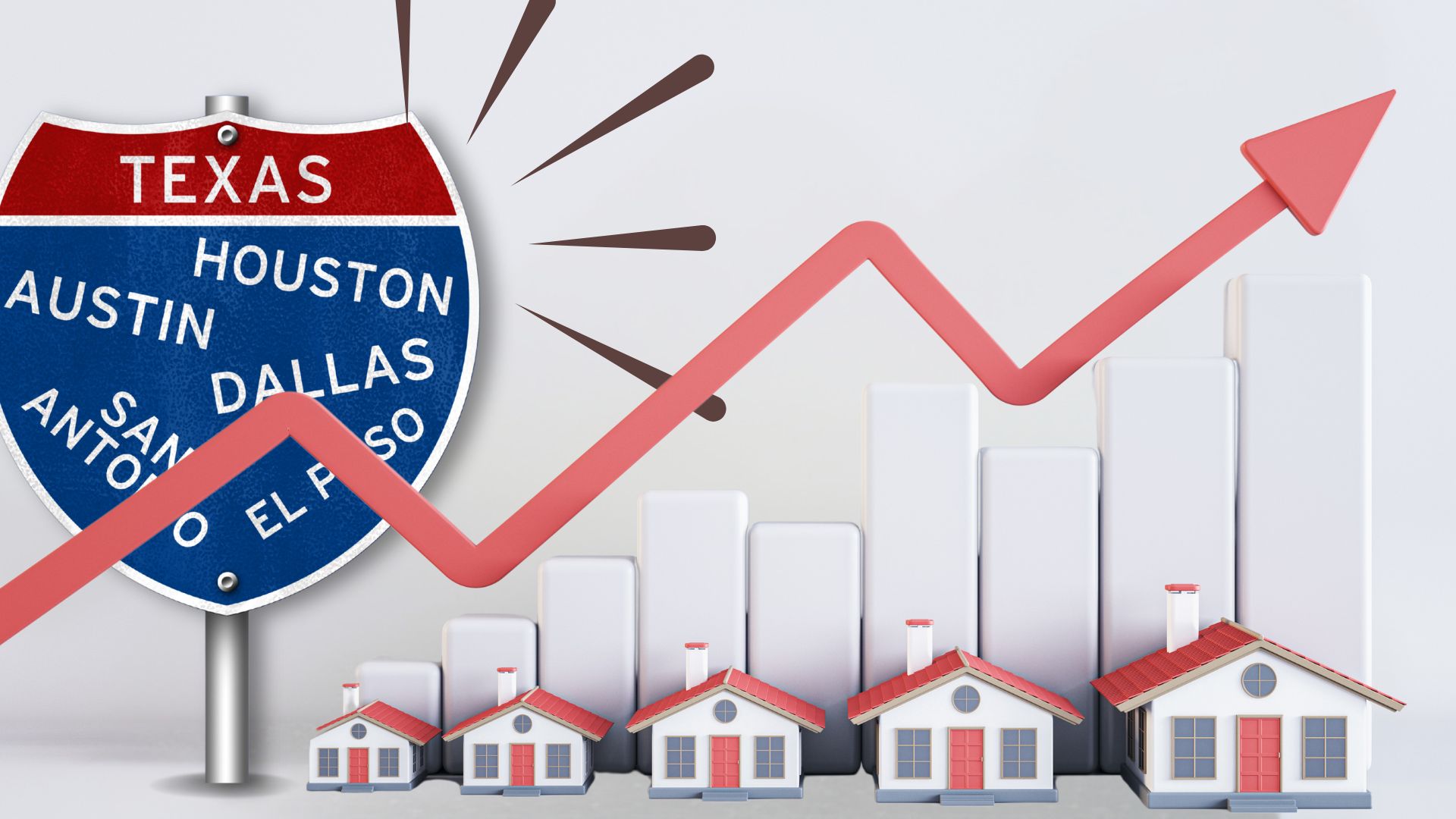Texas Plans to Tackle Home Insurance Crisis, but Will It Work Like California’s Approach?
Texas lawmakers are taking a hard look at the state’s soaring home insurance rates, and they’ve got a plan. Proposed bills floating in the state legislature would require insurance companies to get approval before raising premiums by certain amounts, like 10%. It sounds promising, right? But critics are raising their eyebrows, questioning whether these changes will actually do enough—or worse, if they’ll cause more headaches without lowering costs.
If it all feels a bit familiar, that’s because it is. California’s been playing this game for years, with a regulatory system that demands insurers get approval for rate increases. But has California cracked the code, and could Texas learn a thing or two from its West Coast counterpart?
What’s Texas Trying to Do?
Here’s the deal. Texas lawmakers, grappling with skyrocketing premiums and devastating weather events, are pushing for measures to rein in insurance companies. One bill would make it mandatory for insurers to seek approval for rate increases over 10%. Another proposal takes it even further, lowering that threshold to 5%.
The move aims to stop the kind of sudden, wallet-punching premium hikes Texans have seen recently. Last year alone, insurance costs shot up an eye-popping 21% statewide, leaving many homeowners struggling to keep their coverage. Senator Charles Schwertner, one of the lawmakers backing the plan, believes his 10% cap strikes a balance, giving insurers some flexibility while protecting consumers.
Sounds great on paper, but consumer advocates aren’t celebrating just yet. Why? Insurers could still file sneaky, incremental hikes multiple times a year, critics argue, ultimately raising rates beyond those thresholds without triggering regulatory oversight. Douglas Heller from the Consumer Federation of America called the 10% cap a “fix that doesn’t fix.” Ouch.
How Does California Do It?
Now, take a look at California, where state regulators approve or deny all home insurance rate hikes before they go into effect. The California Department of Insurance closely reviews these requests to ensure rates are fair and don’t just line insurers’ pockets. Insurers have to back up their pricing with data, proving the costs are tied to actual risks, like increased wildfire damage or rebuilding costs.
California also takes a carrot-and-stick approach. It encourages insurers to offer discounts for homeowners who invest in fire safety measures like clearing brush or hardening their homes against flames. The state even has the FAIR Plan for high-risk areas where private insurers hesitate to provide coverage. Think of it as that last-resort safety net for homeowners who couldn’t otherwise get insured.
Sounds pretty buttoned-up, right? Not so fast. While California’s system has slowed premium hikes to some extent, it hasn’t stopped insurers from pulling out of certain markets. Fed up with the risks of wildfires and stricter regulations, big players like State Farm and Allstate have limited their offerings or exited parts of the state entirely.
Could Texas Learn From California’s Hits and Misses?
Here’s where it gets tricky. Texas leaders are facing a balancing act. On one hand, they want to keep insurance accessible and slow down those relentless rate increases. But if they come down too hard on insurers, they run the risk of companies pulling out altogether, just like what happened in California.
California’s system has its wins. Stricter regulation means homeowners aren’t blindsided by random rate hikes. Transparency is another win; insurers can’t just jack up premiums without solid justification. That said, the Golden State is still dealing with fallout from insurers retreating from areas hit hardest by wildfires.
What can Texas take away from all this? For starters, a hybrid approach might be the way to go. Creating a system that requires clear oversight, while still giving insurers room to operate, could keep everyone engaged. Adding incentives for Texans to fortify their homes against storms and floods didn’t work in California overnight, but Texas could use those lessons to tweak and speed up the process.
What’s Next?
The big question for Texas is whether these proposed bills will be enough to protect homeowners or if, like in California, unintended consequences will throw off the balance. It’s clear that Texans are fed up with the status quo, and lawmakers seem eager to try something new. But will it really make a dent in those jaw-dropping premiums? Or will insurers find a loophole and keep costs climbing?
Only time will tell, but one thing’s for sure—Texans aren’t waiting around for another 21% jump to find out. They want action, and they want it now. Whether Texas chooses to follow California’s playbook or write its own rules, the stakes couldn’t be higher for homeowners across the state.


